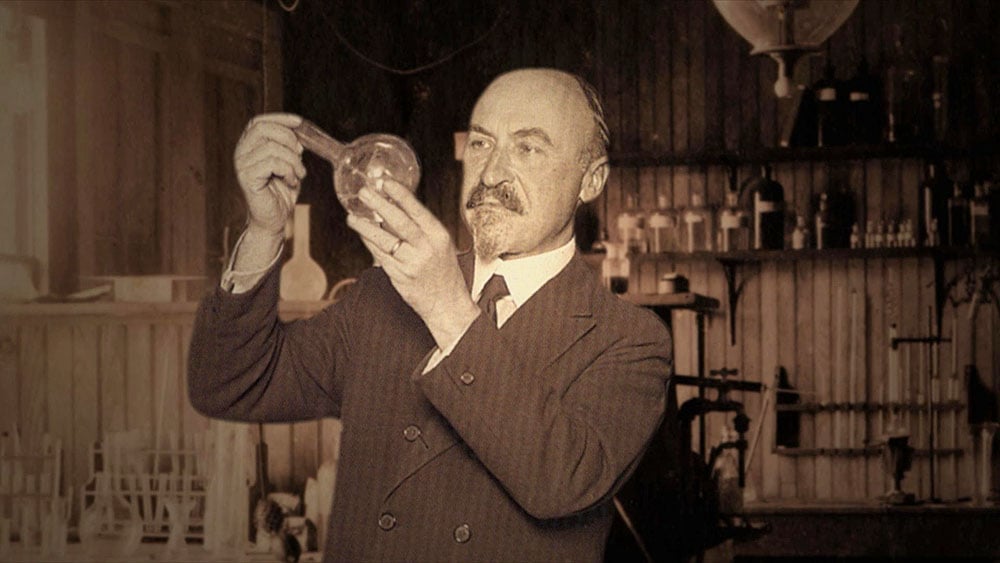Throughout history, many of the greatest scientific advancements and technological innovations have been the result of accidental discoveries. These serendipitous events have led to breakthroughs in fields as diverse as medicine, physics, and electronics, and have forever changed the way we live and understand the world around us.
From the discovery of X-rays to the development of the Internet, these “accidental” discoveries have had a profound impact on society and continue to shape our lives in countless ways. In this article, we’ll take a closer look at some of the most notable accidental scientific discoveries that have changed the world as we know it.
Plastic Was Accidentally Discovered Twice

Plastic is used in aircrafts, cars, clothes, eyewear, medical supplies, kitchenware, and more. We can’t avoid it. Which is why 1898 was a turning point in history, when a small experiment changed the entire world as we know it. The discovery, which was plastic, was put on the back burner until the 1900s. This is when it was accidentally rediscovered, again, by Belgian scientist Leo Baekeland. This time, though, the scientists saw plenty of use for the plastic.
While they were conducting high-pressure experiments on ethylene, a test vessel leaked and a trace of oxygen was present, which acted as an initiator. Overnight, polyethylene formed, also known as plastic. He originally named the mixture of formaldehyde and phenol after himself, Bakelite. Later on, the name changed to plastic. We can all agree this is a lot easier to pronounce! (EDN)
